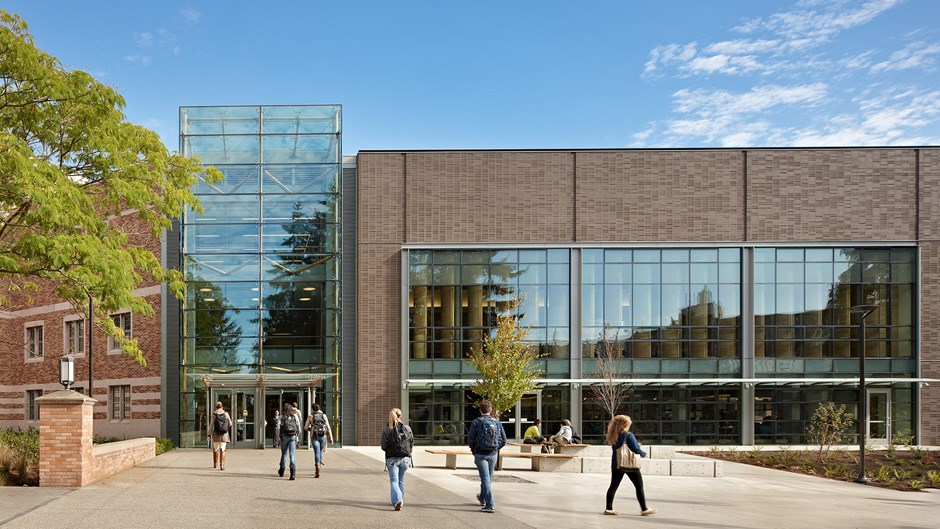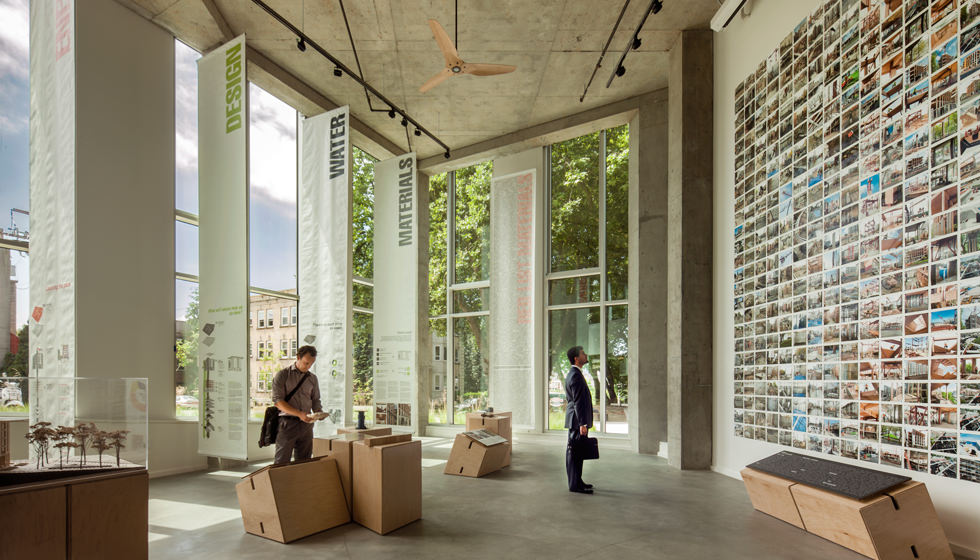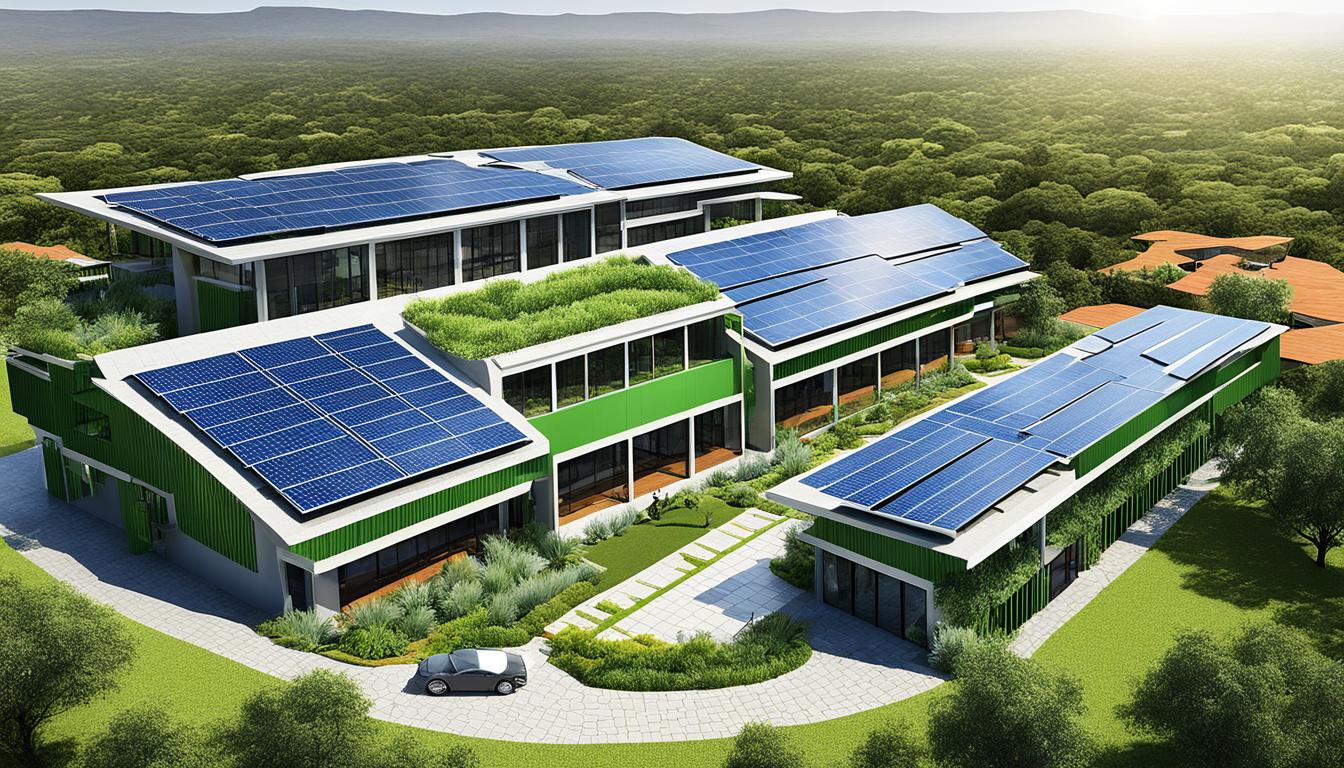Understanding how to integrate sustainable building practices into your next project is pivotal. Whether you’re a homeowner looking to upgrade your living space or a real estate developer, grasping the principles of eco-friendly construction is essential. This sustainable building tutorial will walk you through the basics and help you envision a future where buildings harmonize with nature.

What is Sustainable Building?
At its core, sustainable building refers to the creation of structures that minimize environmental impact through efficient energy use, resulting in healthier spaces for occupants. It emphasizes the importance of using resources like materials, water, and energy more efficiently.
Principles of Sustainable Building
- Energy Efficiency: This involves maximizing natural light, utilizing solar panels, and employing energy-efficient appliances. For in-depth guidance, consider visiting our step-by-step guide.
- Water Efficiency: Implementing rainwater collection and utilizing water-saving fixtures can drastically reduce waste.
- Resource Utilization: Opt for locally sourced, renewable, or recyclable materials that contribute to a reduced carbon footprint.
Benefits of Sustainable Building
Understanding the advantages can motivate you to embrace these practices. Not only do these buildings decrease operational costs, but they also enhance the well-being of tenants. Explore more about these benefits here.
Economic Benefits
Reduced energy and water bills add up over time, making eco-friendly homes financially appealing. Many green retrofits have a promising return on investment.
Environmental and Social Benefits
By reducing pollution and waste, sustainable buildings create healthier indoor environments for communities. They foster a connection between inhabitants and nature, enhancing both psychological and physical health.
Steps to Start Your Sustainable Building Project
Embarking on a green building project might seem daunting, but with proper planning, it becomes manageable. Here’s how you can proceed:
Plan Thoroughly
Ensure you conduct a site analysis to understand the unique characteristics of your location. For additional insights into planning, see our green construction guide.
Design Thoughtfully
Collaborate with architects knowledgeable in sustainable design principles. Some design tips can be found here.
Choose Materials Wisely
Focus on materials that are durable and have low environmental impact. This choice not only supports sustainability but also ensures longevity of the construction.
Engage Experts
Seek advice from professionals experienced in sustainable architecture and engineering. Their insights and expertise can prove invaluable.
Innovations in Sustainable Building
Modern technology has paved the way for new advancements in sustainability, from green roofs to smart energy systems. Stay updated by visiting greener building networks and organizations such as the EPA’s Green Building page.

FAQs on Sustainable Building
What materials are best for sustainable building?
Consider using bamboo, recycled steel, or straw bales, which offer excellent durability and are environmentally friendly.
How does sustainable building affect property value?
Properties with green certifications often see increased market value due to their reduced operational costs and environmental appeal.
What are the initial costs of sustainable building?
Though initial investments may be higher, the long-term savings and added benefits make it a worthwhile endeavor.
Are there tax incentives for sustainable building?
Many governments offer tax benefits or rebates for eco-friendly projects, making it financially rewarding to pursue sustainable construction.
Embarking on a sustainable building journey not only aids in preserving our planet but also offers numerous advantages to property owners. With the right strategies and commitment, you can pave the way for a greener future. For further reading, consider the insights from the U.S. Green Building Council.
This article contains affiliate links. We may earn a commission at no extra cost to you.




